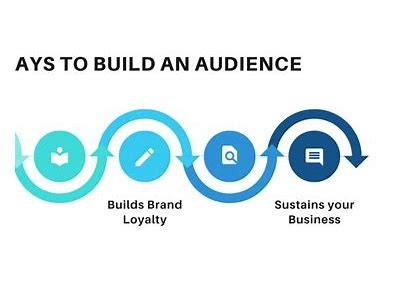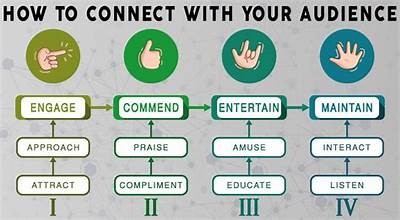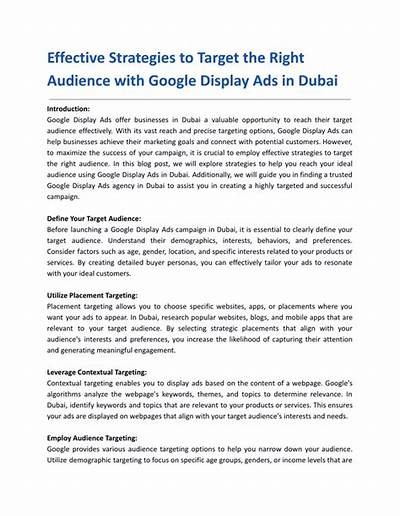Creating Effective Demo Strategies to Engage and Retain Your Audience for Long-Term Success
In today's fast-paced digital world, the way businesses engage with their audience has transformed dramatically. As potential customers are bombarded with information from multiple sources, the importance of effective demonstrations cannot be overstated. A well-crafted demo not only showcases your product but also captures the audience's attention, builds trust, and fosters long-term relationships. This guide will explore strategies to create engaging demo experiences that resonate with audiences and ensure retention.

Before diving into the specifics of creating a demo, it's essential to understand your audience. Audience segmentation involves analyzing demographics, preferences, and pain points. Conduct surveys, gather analytics, and use social listening tools to gather insights. By knowing your audience well, you can tailor your demo to address their specific needs, increasing engagement and retention.

Every successful demo starts with clear objectives. Determine what you want to achieve—whether it's product awareness, lead generation, or customer onboarding. Having defined goals helps in structuring the demo content effectively and measuring its success. For instance, if the objective is to generate leads, the demo should include strong calls-to-action that encourage attendees to sign up or request more information.

Storytelling is a powerful tool in engaging an audience. Instead of merely outlining features, integrate storytelling into your demo by showcasing real-life applications of your product. Use testimonials, case studies, or relatable scenarios that reflect your audience's challenges. This narrative format not only captivates attention but also creates emotional connections, making the information more memorable.

Visuals play a crucial role in maintaining engagement. Utilize slides, videos, and infographics to illustrate key points effectively. Additionally, incorporating interactive elements—such as polls, quizzes, or live Q&A sessions—encourages participation and keeps the audience involved throughout the presentation. This interactivity fosters a sense of community, making the attendees feel valued and promoting their long-term connection with your brand.

The choice between live and recorded demos significantly impacts audience engagement. Live demos allow for spontaneous interaction, while recorded demos can be edited and embellished. Consider your objectives and audience preferences to decide the best format. Further, leverage technology like webinar platforms or video conferencing tools that facilitate seamless engagement through chat functionalities, screen sharing, and breakout rooms. Keeping Up with Trends
The technology landscape is ever-evolving; staying updated with the latest tools can enhance your demo strategy. Explore augmented reality (AR) or virtual reality (VR) options for immersive demos, or utilize AI-powered tools for personalized content delivery. Implementing innovative technology not only elevates the demo experience but positions your brand as forward-thinking and customer-focused. Follow-Up Strategies Post-Demo Engagement
Engaging your audience doesn’t end once the demo is over. Follow-up strategies are crucial for maintaining interest and fostering relationships. Send personalized thank-you emails that recap key points and include additional resources or links to on-demand recordings. Consider scheduling one-on-one follow-ups or providing exclusive access to further content, ensuring that your audience feels valued and entertained even after the event has concluded. Gathering Feedback
Feedback is essential for continuous improvement. After the demo, solicit audience feedback through surveys or direct communication. Understand what resonated with them and what areas require enhancement. By actively seeking input, you demonstrate a commitment to meeting their needs, which can significantly increase retention. Conclusion
Creating effective demo strategies is an ongoing journey of understanding your audience, crafting compelling content, leveraging technology, and maintaining post-demo engagement. By focusing on these elements, businesses can not only capture attention during the demo but also foster long-term relationships with their audience. Ultimately, the goal is to ensure that your audience sees value in what you offer and feels motivated to engage with your brand continuously. Related Tags
